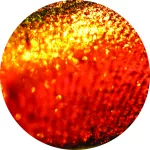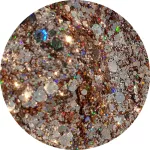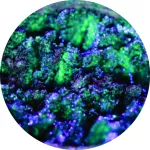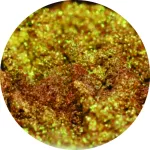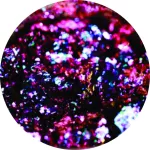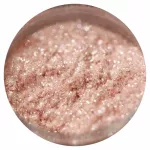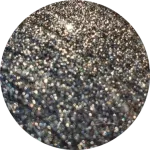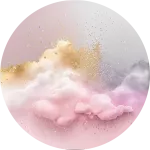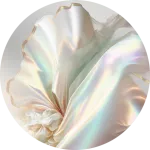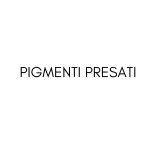What’s in a colour? Understanding the pigments in your cosmetics
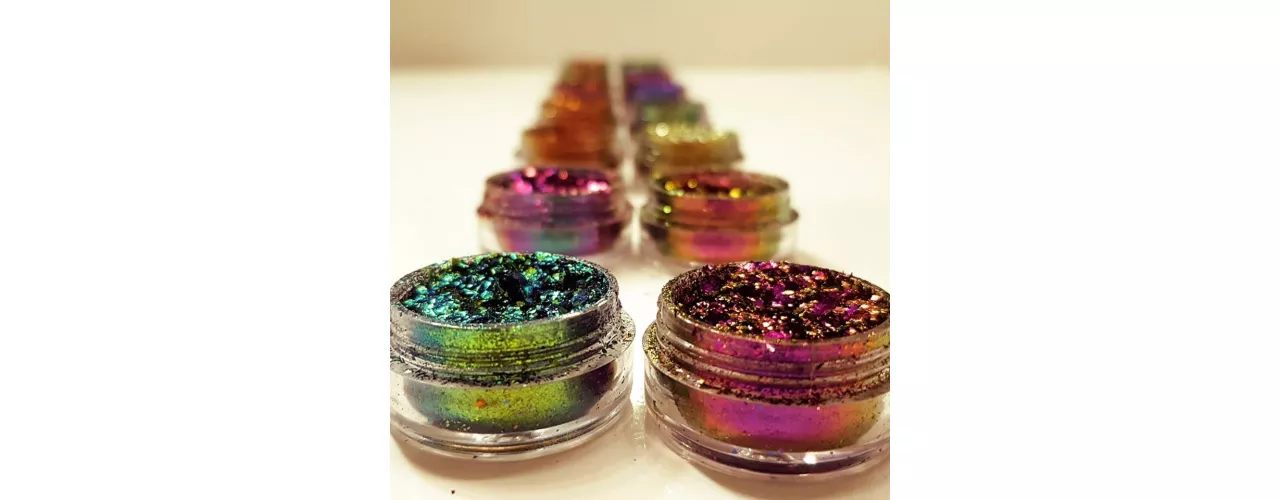
From crimson lips to bold blue eye shadow, cosmetic shades have been a part of human culture since the oldest time. As early as 4000 B.C., Ancient Egyptians and Sumerians were using different techniques to produce make-up products. They used paprika, seaweed extract, clay, turmeric, semi precious stones and other similar product to make vibrant colours and shades that influence the way we produce cosmetics nowadays.
Over the years, the materials used to make cosmetic colours changed for the better. In the 1800s, cosmetic companies introduces lead and copper in make-up products, but meanwhile their toxic effects for the body have been proved, and they have been replaced with zinc oxide. If in the 1900s, coal tar dyes were popular, nowadays they are regulated. Even if cosmetic manufacturing evolved, make make-up products still contain toxic materials like heavy metals, and it’s important you to identify them to ensure you use products that have no negative influence on your health.
From lipsticks to pigments, lakes and mineral oxides, for the ones who have no chemistry knowledge, the world of colours is confusing. It’s important to demystify these things to understand what cosmetic additives your products contain.
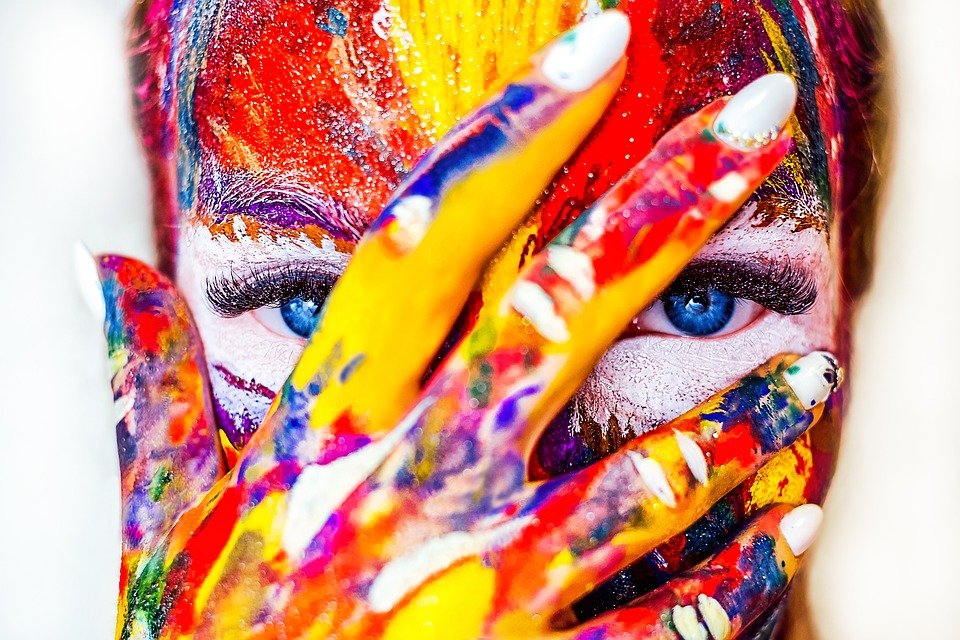
Understanding the varieties of colours and dyes
We can divide additives in two categories: organic and inorganic. You shouldn’t associate the term organic with the ones, you use to describe groceries. Here, the word organic indicates the chemical structure of the colorant includes carbon atoms.
There are 3 types of organic colour additives: botanicals, lakes and synthetic dyes. Inorganic colour additives contain mineral compounds as zinc oxide and iron oxide.
What’s the difference between pigments and dyes?
Colour additives, both organic and inorganic are classified as pigment and dye. Organic dyes are defined as dyes and organic botanicals, inorganic mineral compounds and lakes are defines as pigments. When speaking about colour additives what differentiates a pigment from a dye is its solubility. Pigments are oil dispersible and dyes are water soluble.
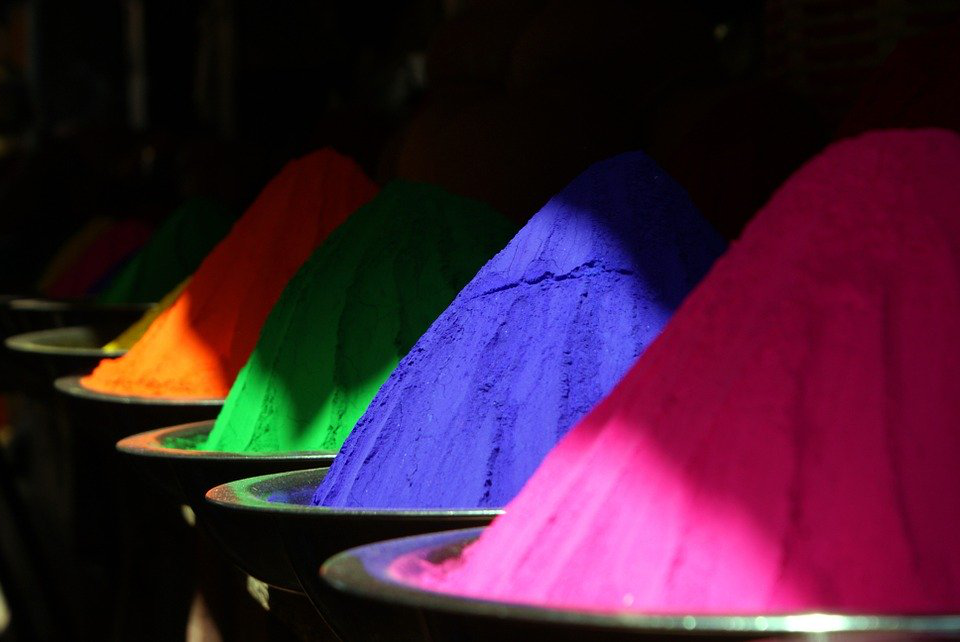
A deeper look
Organic dyes
If a product contains organic synthetic dyes, its label contains FD&C or D&C to describe the ingredients. Certified FD&C colours are approved as ingredients for cosmetics, drugs and food, but D&C are used only in cosmetics and drugs, but not in food.
Often, dyes have the name of a colour and a number, Yellow 2, Green 3. These dyes are synthetically created from chemically refined petroleum oil and coal-tar derivatives that include toxic heavy metals. Doesn’t it sound bad? It does because it is. When they absorb into the skin, they deplete the body of oxygen. You need oxygen to fuel your cells because without it you have no energy and your body doesn’t function properly. Your body can also absorb them through the oral cavity when you use them around the mouth.
Pro: FD&C dyes are famous for their intense hues and they are used to create beauty favourites like bold red lipsticks. Mineral pigments can be used to create red shades, but it’s difficult to achieve the same intense synthetic dyes provide.
Contra: In time, these heavy metals can build up in your body and cause difficult health issues. Some of these problems are allergies, cancer, reproductive and developmental disorders, mood swings, memory loss, kidney and renal problems and hair loss.
XOXO
Author: Alina Dumitrascu

